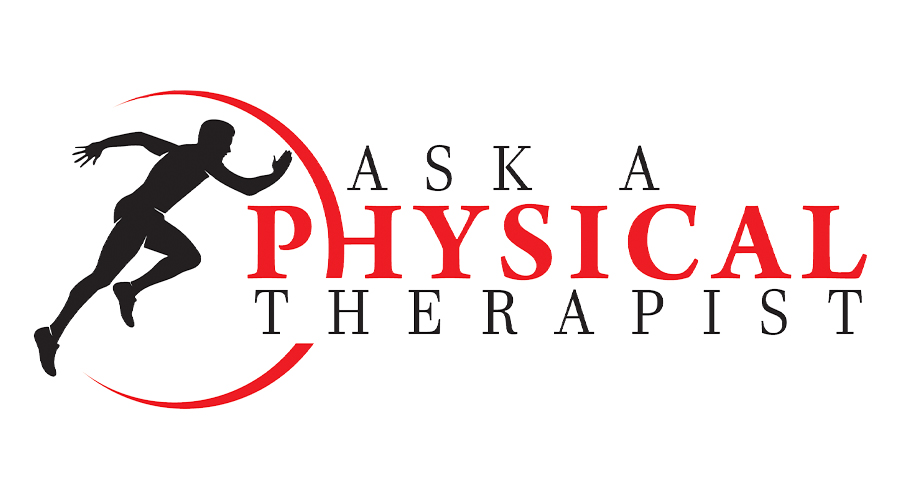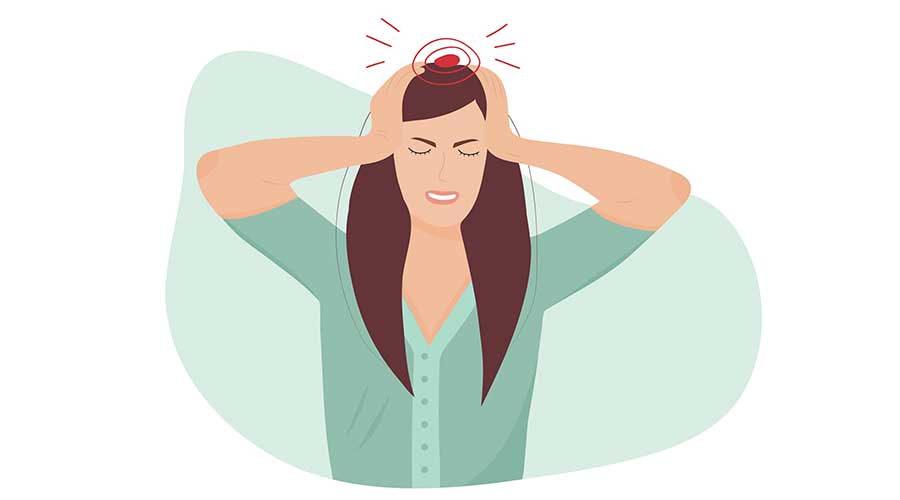ASK A PHYSICAL THERAPIST
- 20 Apr - 26 Apr, 2024

Q: Doctor, I'm a 24-year-old student who has been dealing with intense headaches for approximately a week. I've been using pain medications, and my medical consultant has confirmed that my reports are clear, ruling out any serious health issues. Can you please provide guidance?
A: Headaches can originate from various factors, and in this case, they might be linked to issues in the cervical spine or trigger points within tense muscles, often localized in the trapezius muscle. However, obtaining an accurate diagnosis is contingent upon an assessment conducted by a qualified physical therapist.
A physical therapist employs specialized techniques aimed at muscle relaxation and joint mobilization to address the underlying condition. Beyond that, the therapist also offers valuable guidance on maintaining proper postures during work, emphasizing the importance of ergonomics in daily activities.
To alleviate symptoms and promote a conducive environment for recovery, it is recommended to adopt certain lifestyle adjustments. Utilizing a normal pillow, neither too soft nor too hard, ensures adequate support for the neck. Similarly, opting for a firm mattress contributes to proper spinal alignment during rest. When engaged in study or work activities, it is advised to use a table with an appropriate height, facilitating a comfortable and ergonomically sound workspace. Additionally, positioning your work area at eye level minimizes strain on the neck and promotes a healthier posture overall. These collective measures not only address the immediate concern but also contribute to the overall well-being of the individual.
Q: My two-year-old son has recently received a diagnosis of Cerebral Palsy. I am seeking guidance on the role of physical therapy in managing this condition.
A: Cerebral Palsy stands as a non-progressive neurological condition stemming from damage to the developing brain during fetal life, delivery, or the neonatal and postnatal stages. Its manifestation encompasses postural and tonal abnormalities, along with persistent reflexes. Although physical therapists employ various scales to assess the condition, further diagnostic tools such as CT scans and MRI scans may be necessary for a comprehensive understanding of the findings.
Categorically, Cerebral Palsy is classified into types, each presenting distinct characteristics: spastic (characterized by increased tone), hypotonic (marked by decreased tone), dyskinetic (involving uncontrolled involuntary movement), and ataxic (involving balance and coordination issues). A physical therapist, serving as a crucial member of the collaborative team, conducts a thorough evaluation of the child's condition. Subsequently, a comprehensive plan is crafted, addressing deficits across multiple domains, including musculoskeletal, neuromotor, sensory/perceptual, fine motor, gross motor, and oral motor aspects.
The collaborative team, comprising professionals such as a pediatrician, orthopedic specialist, ophthalmologist, neurologist, physical therapist, and orthotist/prosthetist, as well as speech and occupational therapists, works collectively to assist the child in attaining the highest possible functional status. Parents play an integral role in this journey, receiving proper guidance and support throughout. It's essential to recognize that managing Cerebral Palsy requires a sustained and dedicated commitment to physical therapy, ensuring the ongoing progress and well-being of the child.

Q: I am a 36 years old male and have pain at my tailbone. I have difficulty in sitting, Please guide.
A: The medical condition in question is referred to as "Coccygodynia" or "Coccydynia," characterized by pain centered around the tailbone or coccyx. Individuals experiencing this condition often encounter difficulty sitting or transitioning to a standing position, with pain also manifesting during defecation. While the pain typically resolves within weeks to months, some cases may progress to become chronic. Palpation of the coccyx reveals tenderness, and certain risk factors such as body weight, age, and gender can contribute to the development of this condition. In instances where the pain persists for more than 8 weeks, imaging may be necessary for a comprehensive assessment.
For office workers grappling with Coccygodynia, proper ergonomic adjustments are essential. Ensuring a firm seat and maintaining an erect sitting posture are crucial steps in managing the discomfort associated with this condition. Wedge-shaped cushions can provide additional support, and the use of a donut or circular cushion is recommended for a period of 6-8 weeks. It is imperative to avoid placing weight directly on the coccyx while sitting, directing the pressure towards the ischial tuberosity or sitting bones instead. Taking breaks during working hours and steering clear of movements and postures that exacerbate symptoms are integral preventive measures.
Seeking the guidance of a physical therapist becomes paramount in managing Coccygodynia effectively. A skilled physical therapist employs specialized techniques and modalities tailored to address the unique challenges posed by this condition.Through personalized interventions, individuals can find relief and support in their journey to mitigate the impact of Coccygodynia and enhance their overall well-being.
COMMENTS